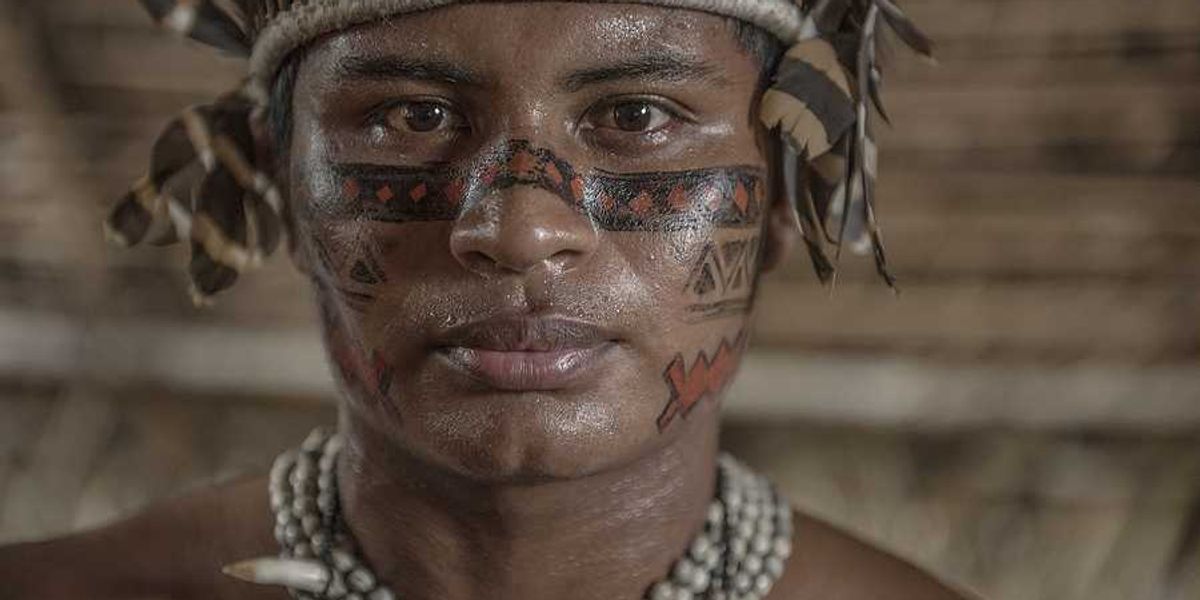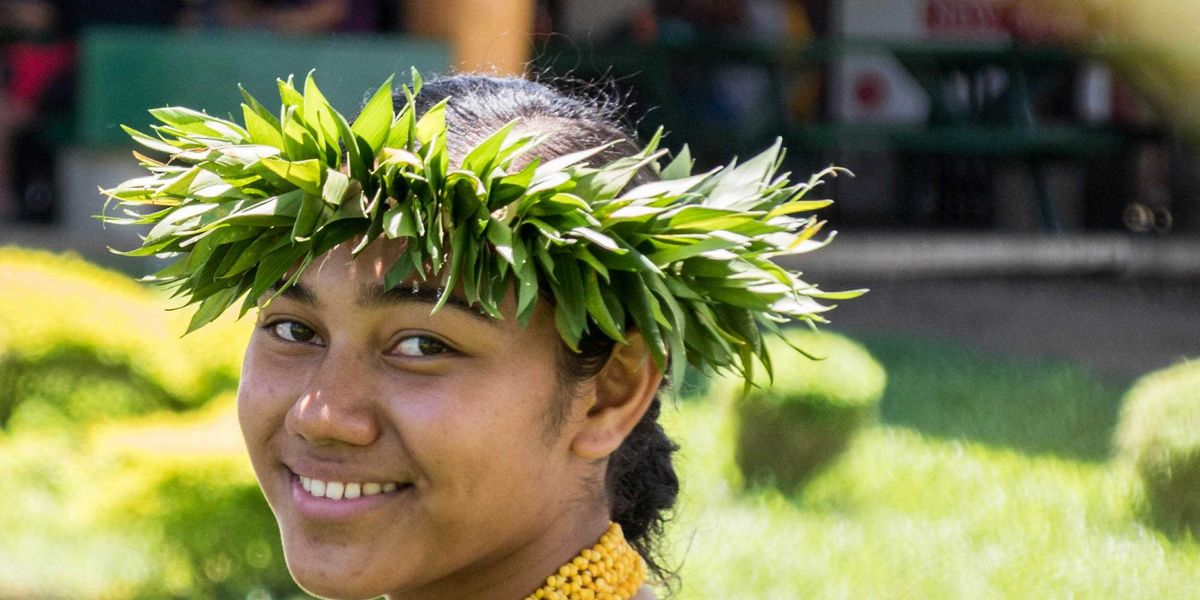
AI data center planned in Wyoming will consume more electricity than all the state’s homes combined
An energy company and AI developer plan to build a data center near Cheyenne that could grow to five times the state’s total household electricity use, intensifying questions about energy supply and climate impacts.
Mead Gruver and Matt O’Brien report for The Associated Press.
In short:
- The Tallgrass and Crusoe project would start at 1.8 gigawatts of electricity use and could scale up to 10 gigawatts, dwarfing Wyoming’s total residential demand.
- Wyoming exports most of its energy and relies heavily on coal, oil, and gas, though the data center plans to draw on both natural gas and renewables.
- Officials see economic benefits for the state’s gas producers, but experts warn rising energy demand from AI infrastructure could raise consumer utility costs.
Key quote:
“It’s a game changer. It’s huge.”
— Patrick Collins, mayor of Cheyenne
Why this matters:
The scale of electricity needed to power AI computing centers is remaking energy markets. Facilities that once ran quietly in the background now rival entire states in consumption, forcing utilities to rethink grid capacity and sparking debates over fossil fuels versus renewable energy. In regions like Wyoming, where energy exports dominate the economy, massive new demand could tighten supplies and raise prices elsewhere. The environmental trade-offs are stark: Gas and coal can deliver reliable power, but at a heavy carbon cost, while renewable options require new transmission lines and storage. As AI’s growth accelerates, these choices will shape both climate goals and local communities’ cost of living.
Read more: New fossil-fueled AI boom planned in Pennsylvania raises climate concerns













